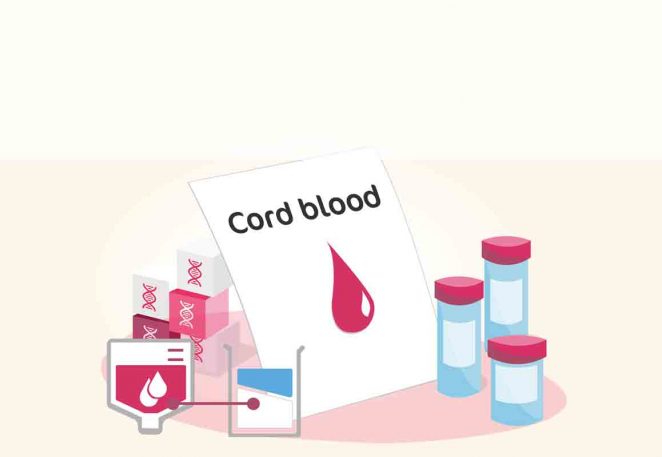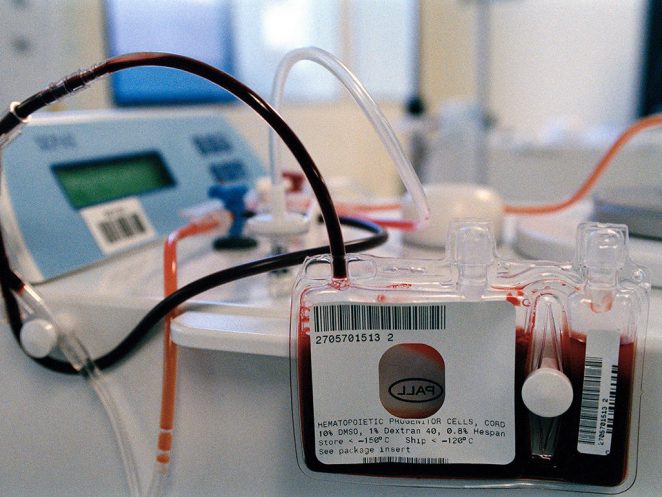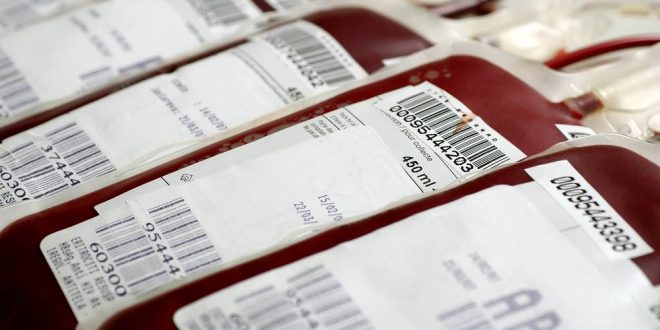If you are reading this article, you have probably heard about cord blood and tissue banking, and you are looking for the best way to go about it. If you have not, cord blood and tissue banking is a stored procedure that allows you to collect and store blood and tissue from the umbilical cord and placenta after delivery. According to americordblood.com, cord blood banking is something that most people are taking into consideration due to the multiple benefits that the blood and tissue stored has to offer.
The procedure of collecting the blood and tissue is not painful and has no side effects on the mother or baby. To get the most out of harvesting and storing these blood and tissue rich in Hematopoietic and Mesenchymal Stem Cells, you must find the right facility that offers cord and tissue banking services.
Significant considerations that you must bear in the back of your mind include but are not limited to;
Experience

Storing cord blood and tissue for an extended period is not a walk in the park. Shortlist facilities within your locality that offer these services then dive into the intricate details of each. Look at the number of units that an institution has released for transplant and use that to gauge their competency. Additionally, look at the number of years that a company has been in operation and if they own a laboratory of their own or not. Cord banks that have their labs tend to be more efficient and accountable than those that outsource this service.
Call or contact the facility you are considering to go with and have them explain to you exactly how the procedure goes. A good facility will be able to get you all the details on what you need to know about cord blood harvesting and will answer all the questions you may have about it. Avoid institutions that brush off any concerns that you may have about the procedure or those that dismiss any questions you have.
Cost

Storing cord blood and tissue is a commitment that comes with financial implications. Shopping for a cord blood bank ahead of the due date is the best way for you to adjust your budget since newborn babies require care that is not cheap. While you may want to save a few coins, do not overlook other important factors. Ask for the payment plan options available and this may help lift the burden of a one-off payment from your shoulders. Remember to ask if your insurance can cover the cost and also speak to your insurer about it.
Select a bank that is financially stable this is an assurance that your cord blood will be taken care of. Such institutions also have the guarantee that they are well equipped to handle your cord blood. Take the time to find out the different rates charged by the different facilities before you settle for one that works for you. Settle for a facility that is transparent in its cost as this will ensure you do not incur any extra charges in hidden fees.
Reputation
You can tell the status of a cord bank by checking out the reviews that other parents have left. Their inventory is also another right way to know if a given facility is ideal for you or not. Banks that have been around longer and have a considerably huge inventory have risk management strategies in place. This is to ensure your blood and tissue and that of many other clients remain viable no matter what. An institution with more working years is more likely to be competent to handle your baby’s cord blood than a new facility. You will also be able to get more information on how they conduct themselves as they have handled more patients that the new cord blood facilities.
Licensing

It is crucial to confirm that the cord blood bank you are interested in has all the necessary certifications from the control bodies in this business. Going to a certified lab means you are in a facility that follows all the rules and guidelines. These rules are in place to ensure that your baby’s cord blood is kept safe. American Association of Blood Banks is among the trusted regulatory agencies whose accreditation means that the standards of quality are met.
Proximity to the delivery facility
You must consider the vicinity of the cord blood bank to the delivery facility. This aspect invokes the shipment query and the conditions that the blood and tissues will be subjected to before they get to the bank.
Find out what the shipping company the cord blood bank ships with. Whether they use one shipping service or have several service providers for this task will let you know if your cord blood is safe once it leaves your physician’s hands.
Working hours of the facility

Since most births do not occur within the normal 9-5 working hours, it will be a good thing if you get a facility that works round the clock. This will ensure that the cord blood is collected and stored well no matter what time you have your baby. It will also help you get rid of the anxiety people have when they consider doing cord blood banking.
The Collection of the cord blood
The recommended thing is to register your baby’s cord blood at least a month before your estimated due date to avoid not being prepared in case your baby comes early. Once you register and receive the collection kit, take your time to familiarize yourself with the instructions on how to do the collection. Ensure you have all the required parts in the kit and that they are labeled correctly. The kit also comes with instructions on how to get your kit picked up from the hospital and delivered to the lab in a good time. Always ensure you get a certificate of storage from the bank you settle for.
 Vermont Republic Second Vermont Republic
Vermont Republic Second Vermont Republic




